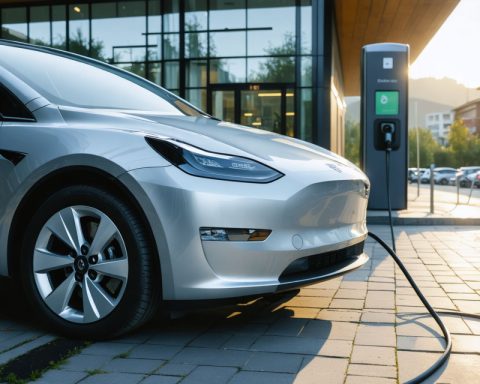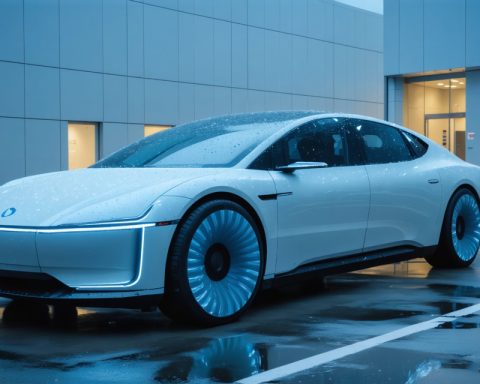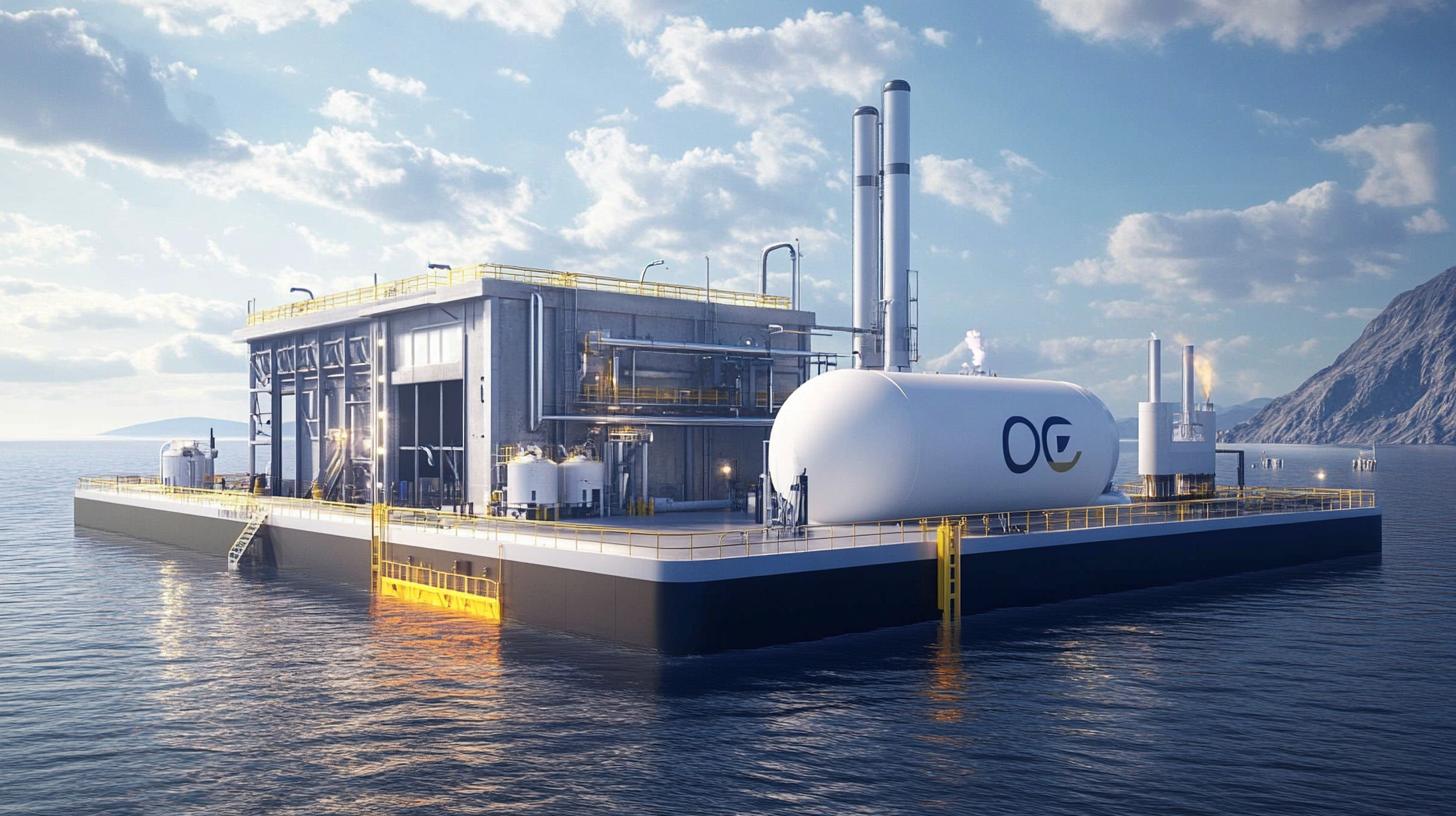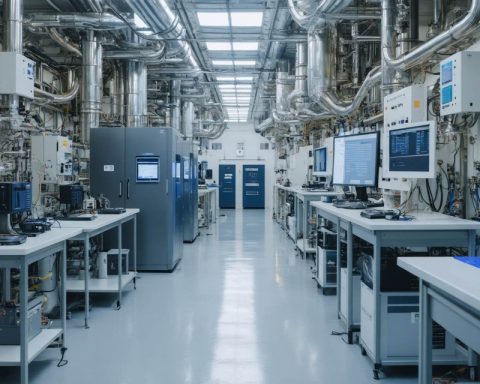- Industry giants Doosan and Air Products are withdrawing from major hydrogen projects, casting doubt on the sector’s future.
- Delayed permits and evolving industry dynamics, like the Clean Hydrogen Power Generation Obligation System, challenge project viability.
- Alternative green energy solutions, such as electric vehicle infrastructure, are gaining traction over hydrogen fuel cells.
- Some South Korean companies continue investing in hydrogen for commercial and military purposes, keeping the sector in flux.
- The hydrogen industry is at a crossroads, requiring adaptation to new technologies and shifting global priorities to succeed.
https://youtube.com/watch?v=a4pXAmljdUA
The bustling world of hydrogen fuel cells, once hailed as a green solution to the planet’s energy crisis, is now shrouded in uncertainty. Recent activity has seen industry titans like South Korea’s Doosan and the American powerhouse, Air Products, retreating from substantial hydrogen projects. Evaluated at over a billion dollars, these ventures seemed poised to reshape the future of clean energy. However, the abrupt cessation of these plans paints a different picture.
Doosan Fuel Cell made waves after backing out of multiple high-stake contracts just this week. Their decision to abandon a 110 MW hydrogen supply deal with partners such as Korea Hydro & Nuclear Power Engineering has left industry insiders and observers alike speculating. The delay in obtaining critical permits appears to be a significant stumbling block, compounded by shifting industry dynamics like the emergence of the Clean Hydrogen Power Generation Obligation System bidding market.
This isn’t just an isolated, regional story. Air Products, a leader in the development of green energy infrastructure, also recently pulled the plug on a half-billion-dollar project in New York as well as another ambitious plan in California. These U.S.-based projects were reliant on revolutionary “green” hydrogen processes using renewable energy sources, like hydroelectricity, to produce hydrogen with minimal environmental impact.
There’s a growing chorus of voices — economists, industrial leaders, and even policymakers — arguing that electric vehicle infrastructure could provide a more viable and immediate path to reducing emissions. This has cast shadows over the hydrogen sector’s future, suggesting perhaps it was overestimated or poorly timed.
Yet, hope persists as some Korean firms continue to invest heavily in hydrogen for commercial and military ventures. The question hanging over these bold moves remains: will they succeed where others saw fit to step away?
These cancellations highlight an industry at a crossroads. The hydrogen sector must adapt to rapidly changing technological landscapes and fluctuating global priorities. For now, the path forward for hydrogen remains an intriguing, yet uncertain journey, leaving many to wonder if the promise of clean fuel from the lightest element on the periodic table will ever fully materialize.
The Future of Hydrogen Fuel Cells: Challenges, Opportunities, and Unanswered Questions
The Current Landscape of Hydrogen Fuel Cells
The hydrogen fuel cell industry, once brimming with promise as a cornerstone of sustainable energy solutions, is facing significant challenges. Recent retreats by major players, including Doosan Fuel Cell and Air Products, indicate potential turbulence in the market. This shift has prompted further analysis and introspection about the viability and timing of hydrogen fuel cells as a solution for global energy needs.
Why Are Major Companies Retreating?
1. Regulatory and Permitting Challenges: One of the main hurdles for hydrogen projects is the delay in obtaining critical permits. As seen in Doosan’s experience, regulatory frameworks have not kept pace with technological advancements, causing delays and increasing uncertainty (Energy.gov).
2. Market Competition and Evolution: The emergence of competitive markets, such as the Clean Hydrogen Power Generation Obligation System, and the growth of electric vehicles (EVs) have created uncertainties and diminished the attractiveness of hydrogen projects (Forbes).
3. Technological and Economic Viability: Concerns over the costs of hydrogen production and infrastructure, particularly compared to more mature technologies like battery electric solutions, have contributed to strategic re-evaluations (McKinsey & Company).
Hydrogen vs. Electric Vehicles: Which Holds More Promise?
– Electric Vehicles: EVs offer immediate emissions reductions, widely supported infrastructure, and decreasing costs due to technological advancements. They are appealing for personal transport and have a growing presence in commercial sectors.
– Hydrogen Fuel Cells: These provide higher energy density and quicker refueling times, making them suitable for heavy-duty applications, public transport, and scenarios where EVs face limitations.
Market Forecast and Industry Trends
The global hydrogen market size was valued at over $120 billion in 2022 and is projected to grow at a compound annual growth rate (CAGR) of 5.4% from 2023 to 2030 (Grand View Research). This growth is driven by increasing demand for cleaner fuel together with government policies pushing for low-carbon technologies.
Challenges and Opportunities
– Infrastructure Development: Extensive infrastructure is required to make hydrogen viable. This includes production facilities, storage solutions, and refueling stations, which are costly and time-consuming to establish (Shell).
– Economic and Policy Support: Continued government support through subsidies, tax incentives, and investments in infrastructure is critical for the sector’s growth.
Actionable Recommendations
1. Stay Informed: For investors and stakeholders, understanding the latest policy changes and technological advancements in both EV and hydrogen sectors is crucial.
2. Diversify Investments: Look into diversifying energy investments across hydrogen, EVs, and other renewable sectors to mitigate risk.
3. Advocate for Policy Changes: Engage with policymakers to support regulatory changes that facilitate quicker permitting and support for hydrogen infrastructure development.
4. Focus on Innovation: Companies should invest in R&D to drive down costs and develop scalable solutions that address current hydrogen production inefficiencies.
Conclusion: The Road Ahead
The hydrogen fuel cell sector, though facing setbacks, still holds significant potential. Integrating lessons learned from recent project cancellations, focusing on policy support, and technological innovation can pave the way for a sustainable future. For now, the industry remains at a junction—filled with both challenges and opportunities.
For more information on renewable energy developments, explore U.S. Department of Energy and SHELL.


















